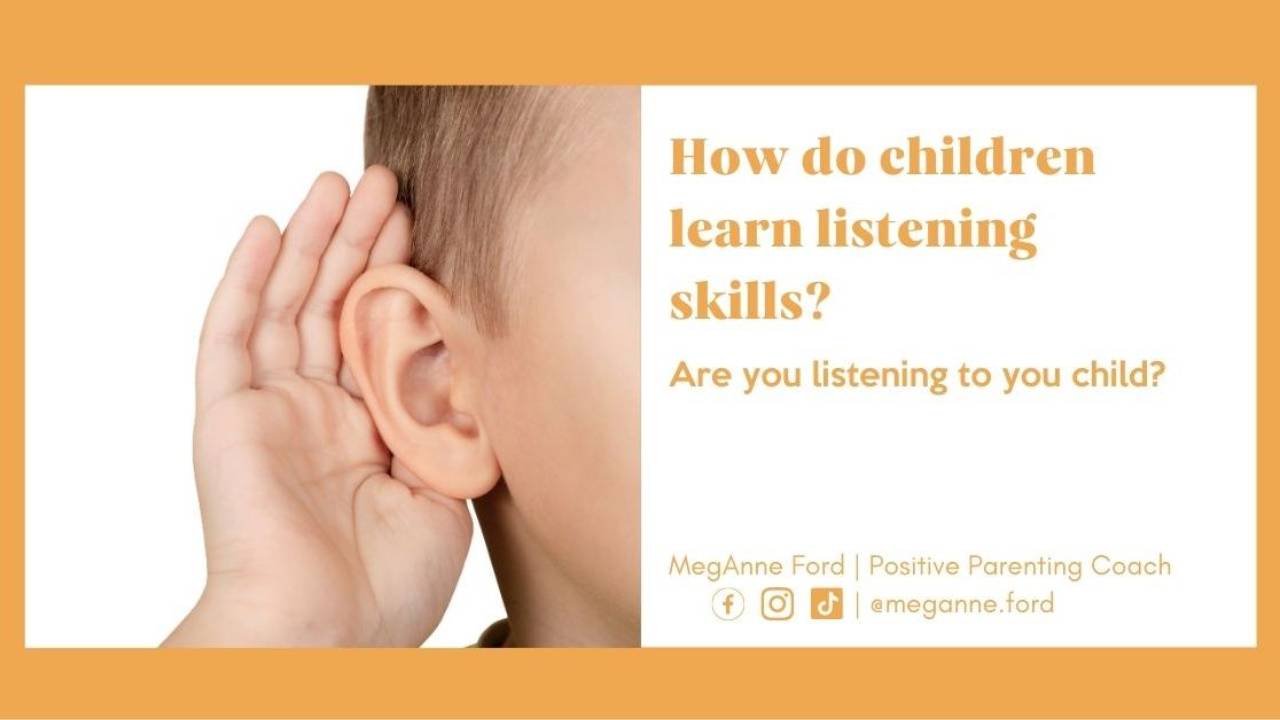
Love is Patient
Nov 28, 2023
There is a fabulous article written by a self-proclaimed "hurried Mom" with a laid-back child. It was inspiring to read about how "[her] carefree child was a gift to [her] Type A, task-driven nature —but [she] didn’t see it." Her honesty about her "hurry up" mindset and its effect on her children is admirable.
She wrote:
"Not going fast enough for her liking, my older daughter said to her little sister, 'You are so slow.' And when she crossed her arms and let out an exasperated sigh, I saw myself — and it was a gut-wrenching sight." - Rachel Macy Stafford
While reading her article, I could hear echoes from my own childhood, rushing to get from place to place. The exasperated sigh was a common occurrence in my house, often directed at me.
Teaching in a classroom setting, I felt rushed to stick to my schedule at the cost of the true connection with the children. Rushing caused me to feel burned out, stressed, and frustrated. It wasn't until I learned to practice patience that things started to take a turn for the better.
But the most magic occurred when I taught the children around me the value of patience.
Patience is one of my strongest core values. When practicing patience, you are also practicing compassion. Children can benefit when learning and feeling both.
Being patient can de-escalate conflicts while sorting out details and creating a supportive space. In practicing patience, I've learned to enjoy the process over the final product. With that being said, patience is no easy thing to master.
However, my goal is to equip you with a few simple steps to open up a discussion with your children.
Every year in the classroom, I had a call and response with the kids.
I would ask:
"What's the hardest thing to learn?"
And the children would respond:
"Patience!"
Teaching Patience
Over the years, I've invested a lot of time in teaching patience to children. Using everyday situations to label what patience felt like and how to control yourself while being patient.
Sometimes, I would intentionally put the class in situations requiring us to practice patience, like showing up to gym class 10 minutes early. "Well, class is not ready yet. Time to practice our patience!"
With this patience practice, our road bumps became smoother. When something unexpected would happen, causing me to feel tense about keeping order, the words "Time to practice patience!" would make the situation more manageable.
Tantrums inside the classroom became less frequent as well. Clear expectations allowed me to create space for a tantrum, letting the child ride the emotional wave with me right by their side, all the while explaining what was going on.
"You are trying to calm down. That's hard to do. I will have patience while you calm down." The children started to shift away from mega meltdowns when they felt allowed to show their emotions.
My patience allowed them to calm down on their timeline. The ability to intentionally create space to allow practice for both children and adults has become crucial to maintaining our "safe weather."
Building Trust in Parent-Child Relationship
Patience allowed trust to build: trust between peer to peer, child and adult, child and child, and adult to adult. Everyone was on the same page and knew the steps to follow when facing a challenge that required practicing patience. With trust reinforcing the foundation of our relationship as a class, transitions became so much easier.
Transitions no longer required a lot of prepping, making surprise situations so much more smoother. (Someone walking into our classroom, a phone call coming through, a delay in schedule.)
If you're looking for ways to introduce the idea of patience with your child, here are three tips to help practice short-term to long-term patience.
-
Practicing under 3 minutes:
Ask your child to help pick out what they would like for a snack. Have them help you set the items on the counter, and then have them go to their snack spot. Cue them using, "Thank you for helping me pick out your snack. now, let's practice patience while I get it in your bowl!" This task will probably take under 3 minutes and is a great way to introduce "practicing patience" for a short time. -
Practicing under an hour:
When practicing patience for under an hour, a timer can be a very helpful way to help visualize how long patience will be required. For example, if your child is excited about leaving for the park and keeps asking, "Is it time to go now?" introduce a timer and request them to have patience until the timer goes off. Introduce an activity to do while waiting for the timer. This is a great way to introduce more structure and accountability when patience is required, all while supporting your child's autonomy.
Amazon sells my favorite visual timer, called the Time Timer. https://amzn.to/41eGcNP -
Practicing under a year:
Plant some bulbs with your child in the fall. While playing in the dirt is a fabulous sensory experience all by itself, this will be another great visual for practicing patience for many months. While you're out digging around, you may want to take some pictures and print them out. You can use these to keep the patience conversation going while you are waiting for the flowers to bloom. You are using patience to wait for the flowers to pop up! Pairing the pictures with a calendar to keep track of time is also a great way to help your child create a visual of time passing.
(This is also great for creating awareness about patience for birthdays to come!)
By adopting a practice of patience, high-stress times will begin to soften.
You can rely on the cue of "time to practice our patience," and your child will have a firm understanding of what that takes and looks like.
Moments that used to end in a battle of tears and hurt feelings will be met with space for emotions and support to work through them. You most likely will find more time for joy and connection- and life is always sweeter with more joy and connection.










